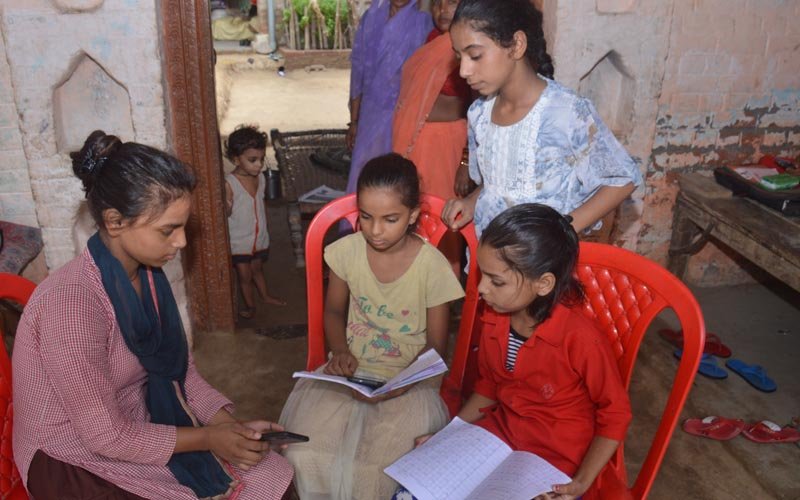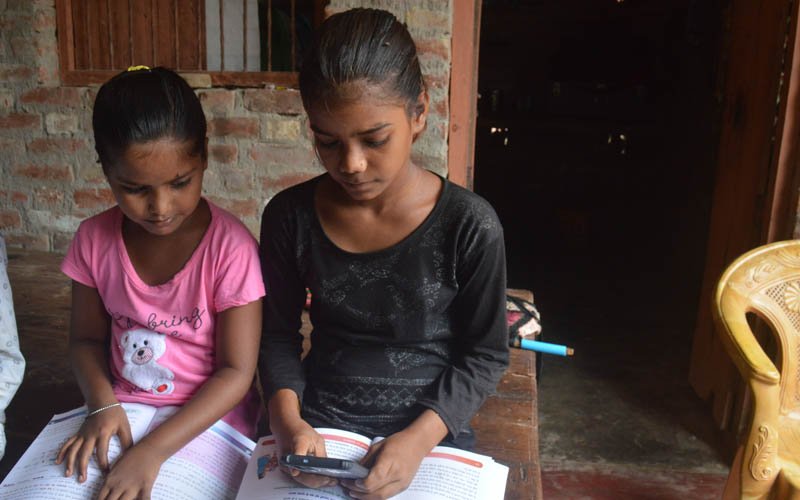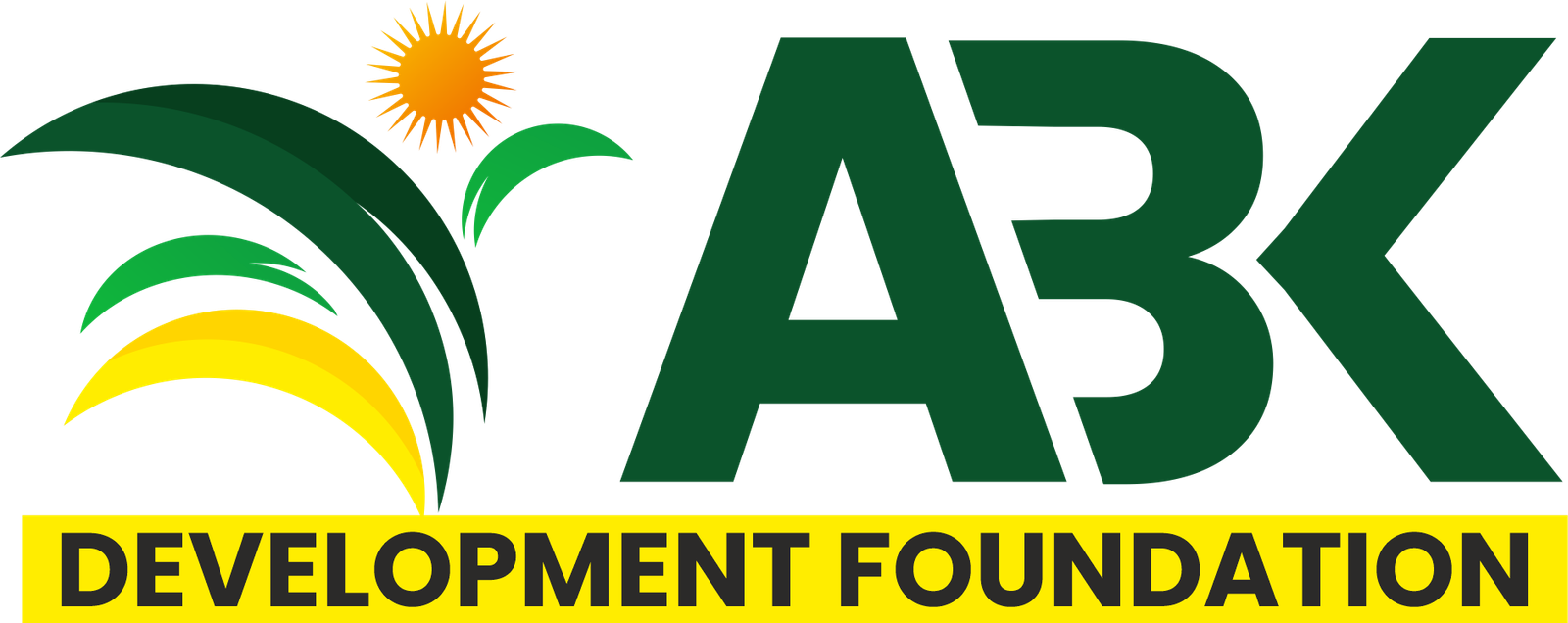Complement Digital Learning with in-person Community based Intervention.
The government views dropout as a barrier to achieving the new National Education Policy's aim of 100% Gross Enrolment Ratio (GER) at the school level by 2030.
Prime Minister Modi’s Viksit Bharat vision of India becoming a high-income country by 2047 is ambitious. It implies that Indians will become educated and skilled enough to merit high incomes by global standards. However, the 2023 Annual Survey of Education Report is dismal. About a quarter of all youth (14-18 years) cannot read a class 2 text fluently in their regional language. Only 43% can solve simple division sums. ASER is a rural survey, and hopefully urban schools are better, but the bulk of the population is rural.
The government views dropout as a barrier to achieving the new National Education Policy’s aim of 100% Gross Enrolment Ratio (GER) at the secondary and senior secondary schools by 2030 (TOI, 12 June 2023).
Technology has the power to completely transform education. It can be used to improve accessibility, customize instruction, and produce quality educational experience. It can help to tailor instruction, and make education available outside of traditional classroom settings.
Our approach is to fulfil government’s efforts to achieve 100% GER with the use of technology. Our intervention is to Complement Digital Learning with in-person community-based Interaction.


The government of India’s DIKSHA (Digital Infrastructure for Knowledge Sharing), initiative is a national platform for school education. DIKSHA is having complete access for K-12 study material covering all boards, classes and subjects, visually engaging videos in accordance with the syllabus.
India’s NEP 2020 recognizes the significance of learning in one’s mother tongue as learning begins at home, where we absorb our first language from our family, shaping our identity and sense of belonging. This mother tongue is a source of comfort and cultural connection for all children.
Basis on the evidence of remote learning in school education, and DIKSHA digital infrastructure, the ABKDF aims to use of digital platforms for connecting students to teachers with in-person community based interventions, particularly for grade 7-9 students.



